With its crispy crust and soft, airy inside, this classic baguette recipe will transport you straight onto the streets of Paris.

Table of Contents
How to make homemade baguettes
I traveled to Paris to train at Le Cordon Bleu Culinary Institute. Although I mainly went to learn the secrets to making croissants and brioche, the recipe I learned in the course that I make weekly is for French Baguettes.
This easy recipe only requires a few simple ingredients, and there is nothing like pulling a crusty baguette straight from the oven and biting off a big chunk. Not very ladylike, I know, but it’s kind of like licking the cake batter spoon. You just can’t resist.
The best way to make homemade bread is to weigh your ingredients, which I highly recommend. But I have also translated this into American-style measurements for those of you who don’t have a scale. This recipe makes three baguettes.
I bake this with fresh yeast, so there is no need to proof the yeast first in warm water. But if you can’t find fresh yeast, use one packet of active dry yeast. Place it in warm water with 1 tablespoon of sugar and allow it to proof for about 5 minutes.
You can use this easy French baguette recipe to make rolls, mini baguettes or even a regular loaf.
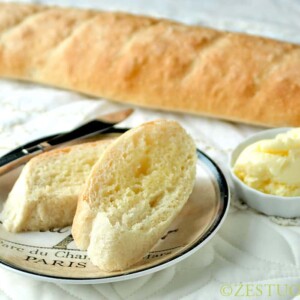
French Baguettes
Ingredients
- 10 grams salt, 1 1/2 tsp
- 400 grams luke warm water, 2 1/2 cups + 2 tbls
- 650 grams King Arthur bread flour, 4 3/4 cups
- 20 grams fresh yeast, or one packet active dry yeast plus 1 tsp sugar
Instructions
- Yeast: Place an empty bowl from a stand mixer on a kitchen scale. Zero out the scale. Add 10 grams of salt. Zero out the scale. Add 650 grams of flour. Zero out the scale. Add 20 grams of fresh yeast, crumbled.
- Pour: In a separate bowl weigh 400 grams of water. Then pour that into the salt, flour and yeast.
- Mix: Using a dough hook, mix on medium speed for 5 minutes, or until a ball forms. Do not knead for more than five minutes or you will lose elasticity and flavor.
- Rise: Once the ball is formed, place it on a lightly floured counter. Cover it with an upside down mixing bowl and let it rise for about 15 minutes.
- Cut: After it rises, remove the bowl. Cut the dough into three sections weighing at least 350 grams each. French law states that no baguette can weigh less than 350 grams (but it can weigh more).
- Cover: Knead each section into a ball. Cover with a damp tea towel and let sit for 10 minutes.
- Fold: Turn a ball over so the seam is on top. Flatten it a bit with the palm of your hand. Fold one side toward the middle, and flatten the seam a bit.
- Press: Rotate the dough 180 degrees. Bring the other end in toward the seam. Press seam on top. Should look like a coffee bean.
- Press: Turn the dough 180 degrees and repeat these steps. Fold one side in. Press the center a bit. Turn 180 degrees. Fold the other side in. Press the center a bit.
- Roll: Then, roll into cylinder (about 6 inches long).
- Roll: Repeat the steps again. Flatten the cylinder with the palm of hand. Fold one side in. Press seam. Turn 180 degrees. Fold the other side in. Press on seam. Now, roll to the length of baguette, between 12- 18 inches. As you fold it and roll it, if you see bubbles in the dough; that is a good sign that your yeast has activated properly.
- Preheat: Spray your baguette pan with Pam and place the baguettes onto the pan. If you don’t have a baguette pan, you can use a large cookie sheet. Cover with the moist tea towel and leave at room temperature to rise for about 30 minutes. Preheat oven to 425 degrees.
- Score: Once risen, use a razor blade or Exacto knife to score the top of the baguette before baking.
- Bake: Place a 13 x 9 pan filled halfway with water on the lower rack. Place the bagette pan on an upper rack. Bake until golden. About 15 minutes.
Notes
Nutrition
Nutrition information is automatically calculated, so should only be used as an approximation.
Ingredients for French baguettes
- Salt
- Lukewarm water
- King Arthur bread flour: Contributes to the structure and texture of the baguette, creating a light and airy interior.
- Fresh yeast or active dry yeast with sugar: Acts as a leavening agent, causing the baguette dough to rise and providing the characteristic airy crumb of a French baguette. The sugar feeds the yeast, aiding in fermentation.
See the full recipe card for servings and a full list of ingredients.
How to make crusty French baguettes






✔️ PRO TIP
If you don’t have a stand mixer, you can knead the dough by hand on a marble or granite countertop for about five minutes.
- Yeast: Place an empty bowl of a stand mixer on a kitchen scale. Zero out the scale. Add 10 grams of salt. Zero out the scale. Add 650 grams of flour. Zero out the scale. Add 20 grams of fresh yeast, crumbled.
- Pour: In a separate bowl, weigh 400 grams of water. Then, pour that into the salt, flour and yeast.
- Mix: Using the dough hook attachment, mix on medium speed for 5 minutes or until a dough ball forms. Do not knead for more than five minutes or you will lose elasticity and flavor.
- Rise: Once the ball is formed, place it on a lightly floured surface. Cover it with an upside-down mixing bowl and let the dough rise for about 15 minutes.
- Cut: After it rises, remove the bowl. Cut the dough into three equal pieces weighing at least 350 grams each. French law states that no baguette can weigh less than 350 grams (but it can weigh more).
- Cover: Knead each piece of dough into a ball. Cover with a damp clean towel and let the dough rest for 10 minutes.
- Fold: Turn a ball over so the seam is on top. Flatten it a bit with the palm of your hand. Fold one side toward the middle and flatten the seam a bit.
- Press: Rotate the dough 180 degrees. Bring the other end in toward the seam. Press the seam on top. It should look like a coffee bean.
- Press: Turn the dough 180 degrees and repeat these steps. Fold one side in. Press the center a bit. Turn 180 degrees. Fold the other side in. Press the center a bit.
- Roll: Then, roll into a cylinder (about 6 inches long).
- Roll: Repeat the steps again. Flatten the cylinder with the palm of your hand. Fold one side in. Press seam. Turn 180 degrees. Fold the other side in. Press on the seam. Now, roll to the length of the baguette, between 12- 18 inches. As you fold and roll it, if you see air bubbles in the dough, that is a good sign that your yeast has activated properly.
- Preheat: Spray your baguette pan with Pam and place the baguettes onto the pan. If you don’t have a baguette pan, you can use a large baking sheet. Cover with a damp towel and leave at room temperature to rise for about 30 minutes. Preheat oven to 425F.
- Score: Once risen, use a razor blade or Exacto knife or sharp knife to score the top of the baguette before baking.
- Bake: Place a 13 x 9 pan filled halfway with water on the lower rack. Place the baguette pan on an upper rack. Bake until golden brown. About 15 minutes.
How to serve French baguettes
Enjoy them by slicing and serving plain with butter, cheese, or jam. You can also use baguettes to make stuffed French toast for a chewy, sweet breakfast.
For a savory twist, toast slices and dip into this triple cheese slow cooker spinach artichoke chicken dip. Or elevate your appetizers by topping toasted baguette slices with fig and brie 7-layer dip.
Storage
Leftover homemade French baguettes can be stored in an airtight container on the counter for up to 2 days and in the refrigerator for 1 week. They can also be frozen for up to 3 months.
Frequently Asked Questions
I highly recommend you use bread flour for this recipe. Bread flour is used for baguettes instead of all-purpose flour because of its higher protein content. The increased protein, particularly gluten, in bread flour, helps create a stronger and more elastic dough. This is essential for baguettes as it allows the dough to stretch and rise, resulting in the characteristic airy and chewy texture of a traditional French baguette. The higher protein content also provides better structure and support for the long fermentation process, contributing to the baguette’s distinct flavor and texture.
The steam generated from the water in the pan helps create a moist environment in the initial stages of baking. This moisture on the surface of the dough delays the setting of the crust, allowing the baguettes to expand more freely. As a result, you get a thin, crisp crust on the outside. The steam aids in “oven spring,” which refers to the rapid expansion of the dough during the first few minutes of baking. This expansion contributes to the baguette’s characteristic open crumb structure, giving it a light and airy interior. Moreover, the moisture on the dough’s surface enhances the baguette’s final color. The steam promotes a more even and golden-brown crust, adding to the visual appeal of the finished product.
Make sure your oven is preheated adequately, and consider extending the baking time slightly. If needed, you can brush the surface of the baguettes with an egg wash before baking to achieve a golden-brown color.
I strongly suggest opting for fresh cake yeast in this recipe. It enhances the flavor, improves the texture, and adds an authentic touch, producing the perfect baguette.


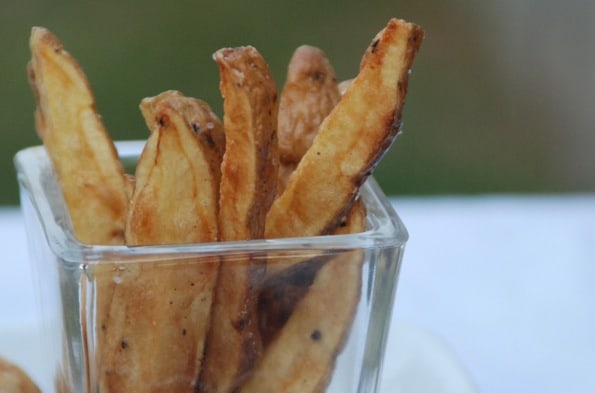


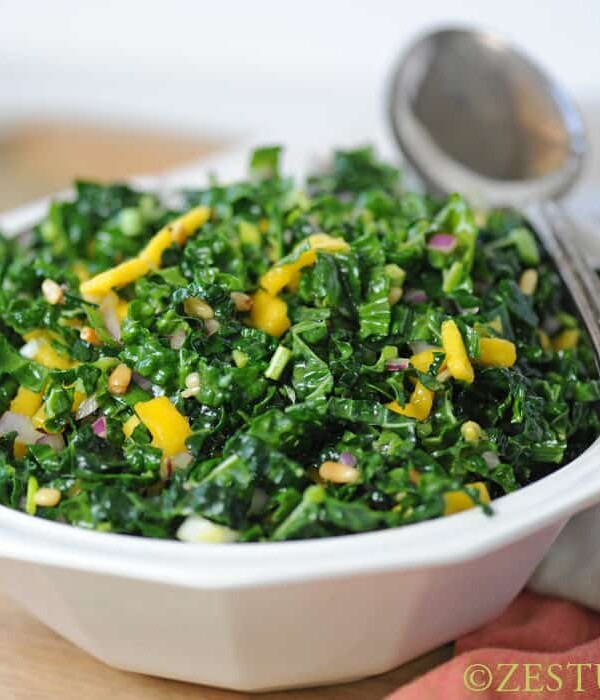
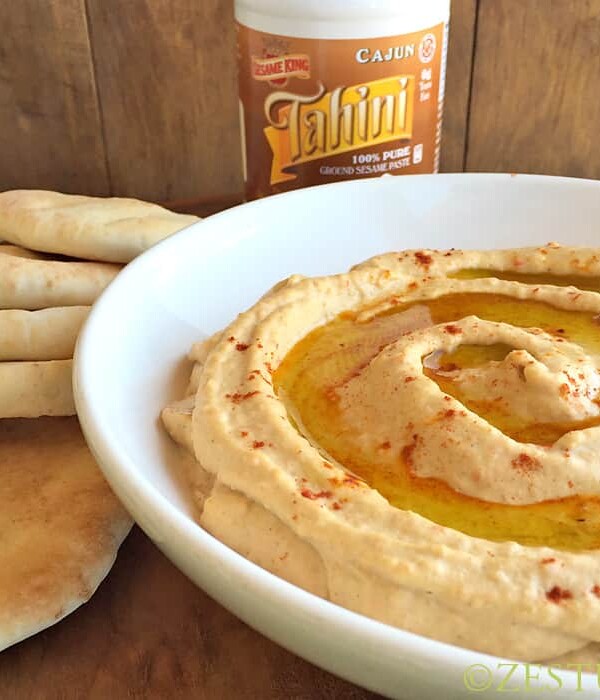

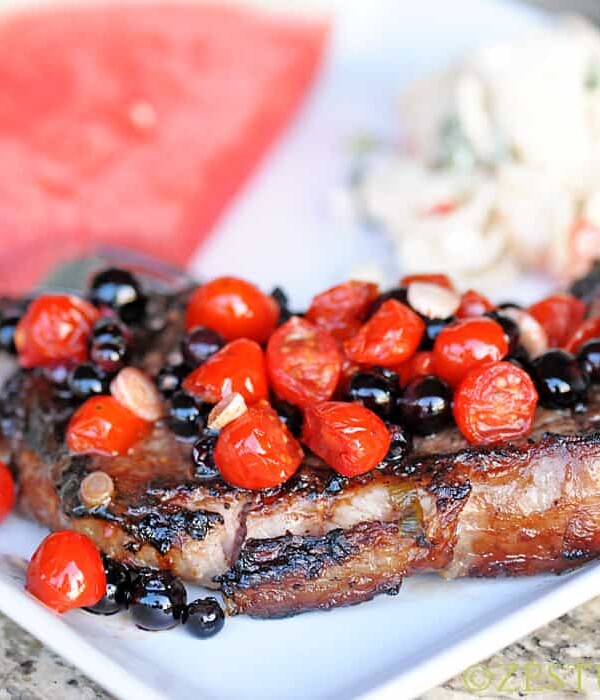




It is a perfect recipe. The only one ever that makes bread taste like French bread from Europe (I am from there). This recipe I will print out and make over and over. It’s perfect.
Absolutely delicious! I was trying to figure out how to substitute some sourdough starter discard into French bread and came across this recipe. It turned out beautifully! Thank you!
Awesome! I’m so happy to hear it worked well for you.
You say. And the water to the salt yeast flour mixture. Where is the sugar
How much sugar exactly you need ?
1 tablespoon
nice baguettes, shame i dont seem to be able to email the recipe ,so i can remember
Hi,
I am consider myself an advanced home baker but I was missing a few tips as fermenting times, kneading times, kind of yeast to use, etc. In baking, I have this very mine goal. It is, for whoever try my bread, to not know if that bread came from that “favorite bakery” in town or straight from my oven. Thanks to this recipe I have reached my goal. Along with the knowledge acquired from different websites and recipes, I have found here the variables I have been looking for. I highly recommend this recipe without omitting any steps!
Thank you,
Victor
Thanks Victor. I’m glad you found what you needed here.